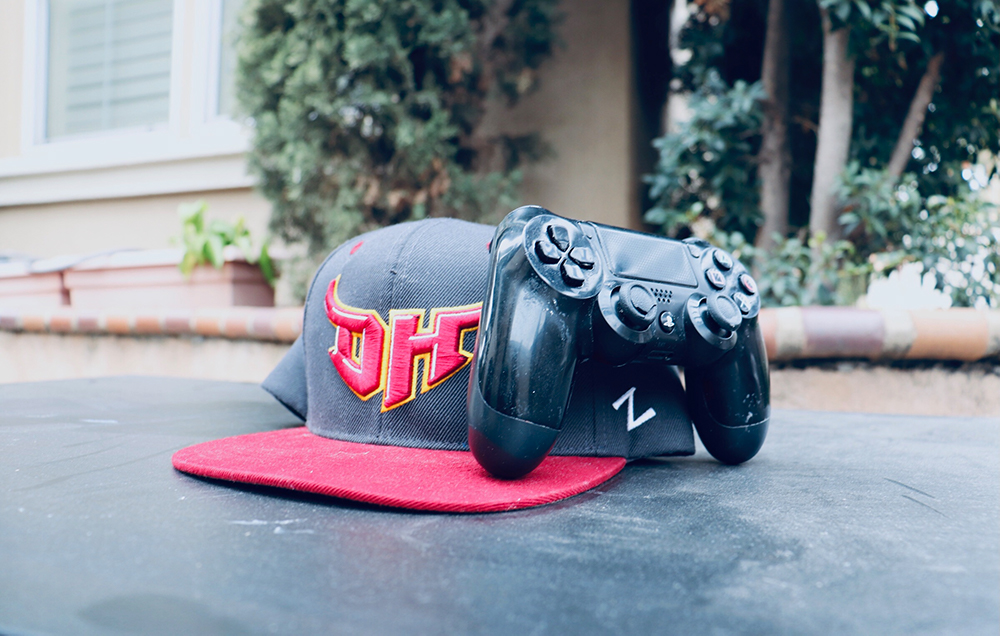Finding the Balance Between Education and Esports. Photo by Chaz Kawamura.
By Chaz Kawamura, Staff Writer
You are minutes into a practice with your team until suddenly you are interrupted by a notification that startles you. It’s your professor telling you that there is an assignment due by midnight that day. You find yourself in a panic as you are having the game of your life. What do you do?
I ask myself this question every day. As hard as it sounds, somehow, I still seem to manage the workload. For California State University, Dominguez Hills Esports team members, this is just some of what many members have to go through. It may seem easy to others, but in a pandemic, it is easier said than done.
With COVID-19 restrictions disallowing physical sports, esports is the closest thing to a physical sport a student will get. Although not a physically in-person sport, time is still taken out of your day for practice as well as competitions. This, in turn, might be challenging trying to balance your academics and play at the highest level in order to help the team win.
For me, it is just that, challenging. I am currently the team analyst/manager for our CSUDH Call of Duty Esports Team. As an analyst, I am in charge of creating strategies for the team, making the lineups, and roles. I also deal with the prospective member process along with the captain and co-captain to get new members ready to be on the team.
While not physically challenging, esports is just as mentally challenging. Many professional esports athletes spend hours upon hours perfecting their craft while having to balance their social life, family, and for some, their education as well. This is the case for college esports athletes like myself. Though, online classes made it easier for student esports athletes to find a balance.
One student, Cesar Urena, sophomore Flex Player and fellow member of CSUDH’s Call of Duty team, is just one of the many students that try to find the correct balance between gaming and academics.
“Having online classes is definitely easier to balance the two since most professors provide the work ahead of (the) team, which allows me to get it done as soon as possible and have more time for esports,” Urena said.
For the Call of Duty team, we practice four days a week each day for two hours. I also have five classes I am currently taking this semester, taking at least two classes Monday through Thursday. On top of that, I am also the rush chair for the fraternity Omega Delta Phi Inc. and a member of the Society of Independent Student Journalists.
The way I structure these responsibilities is by using a planner to keep myself on track and organized. I have a list of things I need to do for the week, whether it be meetings or homework. I also make it in order of importance as well. I get the things stuff I need to do for classes and mandatory Zoom meetings done first. Then, I spend the remainder of my time to focusing on other responsibilities, if I still have available time.
The effect of regular sports overshadows the mental exhaustion of what an esports athlete can go through. It has been hard because there are no scholarships for esport athletes and little to no facilities for esport athletes at schools. This was until recently when the University of Kentucky made a multi-million dollar facility for its esports teams. UCLA doesn’t even have its own esports facility and that is one of the biggest esports teams on the west coast.
With a new esports lab in the works at CSUDH, who knows what the possibilities are when it comes to balancing academics and sports. In the future, the CSUDH esport athlete will be able to go practice with their team right after their last class of the day. Maybe by then, people will start to understand what it is like to be a student esport athlete.

